Top SHADERed Alternatives for Shader Development
SHADERed is a popular, lightweight, and open-source tool designed for creating and testing HLSL and GLSL shaders. It boasts a configurable interface, support for various shader types, 3D model integration, and audio capabilities for music visualizers. While SHADERed offers a fantastic set of features and frequent updates, users often look for alternatives due to specific platform preferences, advanced functionalities, or a desire for different community experiences. If you're searching for a SHADERed alternative, you've come to the right place.
Best SHADERed Alternatives
Whether you're a seasoned shader artist or just starting, finding the right tool can significantly enhance your workflow. Here are some of the top alternatives to SHADERed, each offering unique strengths and features.

Shadertoy
Shadertoy is a pioneering web-based platform that has allowed developers worldwide to create and share WebGL shaders since 2009. As a free web application, it's an excellent SHADERed alternative for those seeking a highly social, community-driven environment with features like live coding, content discovery, and a vibrant comment section.
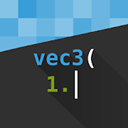
Shader Editor
Shader Editor is a free and open-source Android application that allows you to create and edit GLSL shaders directly on your phone or tablet. It serves as an excellent mobile SHADERed alternative, featuring a live-coding editor with syntax highlighting, the ability to use shaders as live wallpapers, and an ad-free experience.

Shdr
Shdr is a free, open-source online ESSL (GLSL) shader editor, viewer, and validator, powered by WebGL. It's a fantastic web-based SHADERed alternative for quick experimentation and validation of GLSL shaders directly in your browser, particularly useful for Chrome users.
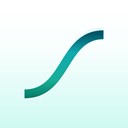
Shade - Pro Shader Editor
Shade - Pro Shader Editor transforms your iPhone or iPad into a professional node-based shader editor. This freemium application offers a unique modular connections approach to building stunning, real-time rendering shader graphs, making it a compelling SHADERed alternative for iOS users interested in visual shader programming and educational aspects of GLSL.
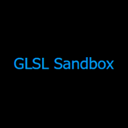
GLSL Sandbox
GLSL Sandbox is a free and open-source online GLSL Shader Gallery and live development tool. It's an excellent web-based SHADERed alternative that allows users to freely contribute and explore a vast collection of shaders without requiring an account, all powered by WebGL.

ShaderLab
ShaderLab is a free WebGL2 GLSL Editor for the browser, providing a live view as you code. This web-based SHADERed alternative allows for immediate feedback with automatic JIT compilation, supports external audio inputs, offers a resolution selector, and includes social network features for sharing and garnering feedback.

Shaders - Shader editor
Shaders - Shader editor is a free iPhone app for viewing, creating, and sharing GLSL shaders. It's a solid mobile SHADERed alternative that focuses on community interaction and easy access to a library of shader programs directly from your device.
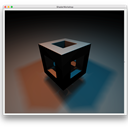
ShaderWorkshop
ShaderWorkshop is a free and open-source interactive GLSL fragment shader editor inspired by ShaderToy, built with Qt. This self-hosted SHADERed alternative offers a desktop environment for GLSL shader development, appealing to those who prefer a local, customizable solution.
KodeLife
KodeLife is a free, cross-platform real-time GPU shader editor, live-code performance tool, and graphics prototyping sketchpad. It supports GLSL and Apple Metal, making it a versatile SHADERed alternative for developers working across different operating systems and graphics APIs, offering an IDE-like experience for shader programming.
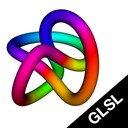
Shaderific
Shaderific is a commercial mobile shader development tool for iOS (iPhone and iPad), designed for OpenGL ES 2.0 and 3.0. As a paid SHADERed alternative, it provides a dedicated IDE-like environment for learning and developing shaders on Apple mobile devices, making it suitable for educational purposes.
Each of these SHADERed alternatives brings something unique to the table, from web-based collaboration to mobile development and desktop flexibility. Explore them to find the best fit for your specific shader development needs and preferences.